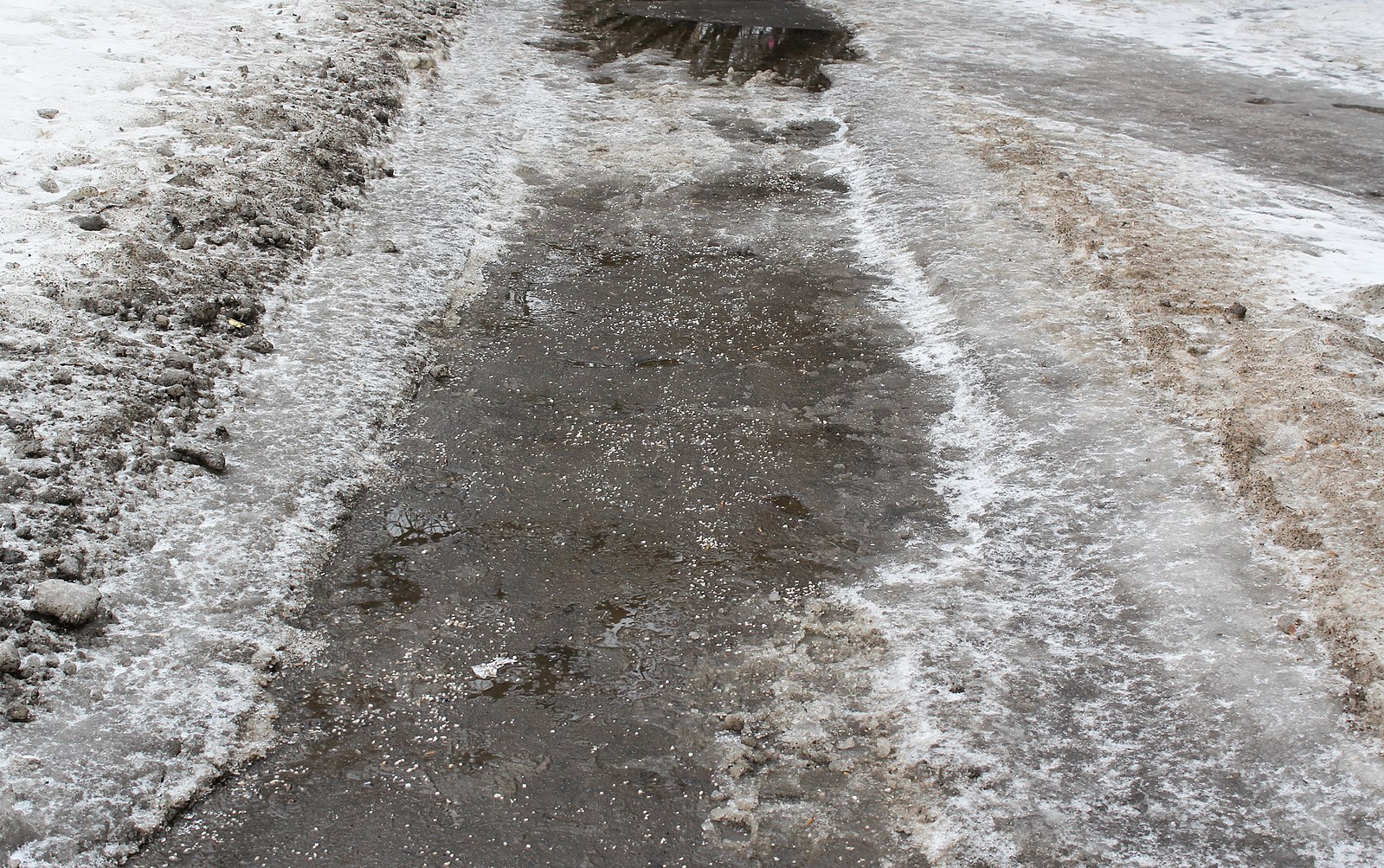Smart Salting
Actions steps that anyone can take to reduce chloride pollution!
Advocacy and Education
• Work together with local government, businesses, schools, churches, and nonprofits to find ways to reduce salt use in the community.
• Inform and educate local and state policy makers on the importance of the chloride pollution issue.
• Initiate conversations and educate your community members on chloride reduction efforts.
Tips to Share on Winter Safety
• Shovel early, shovel often. The more snow and ice you remove manually, the less salt you will have to use and the more effective it can be.
• Use a hand-held spreader to apply salt consistently and only applying salt to critical areas.
• Sweep up extra salt and sand. Reuse this salt or sand somewhere else.
o If salt or sand is visible on dry pavement it is no longer doing any work and will be washed away.
• Choose the appropriate deicer for the conditions. Whatever product selected, know at what temperature it stops working. Below 15°F pavement temperatures it is too cold for our most common deicer (NaCl) salt to work
• When appropriate, use sand instead of salt for traction.
Tips on Share on Water Softening
• Find out the source and hardness level of your drinking water. If you use city water call the city or check consumer reports to find out. If you are on a private well, send a sample of your water to a lab or have a local water quality professional do a test.
• Determine what an acceptable level of hardness is for your home, business, and local community buildings. Acceptable levels of hardness vary depending on how water is used. If water is at an acceptable level of hardness, consider if softening is necessary
• Check your unit’s settings and adjust to lower salt use if possible. The factory settings on most equipment is set at highest salt use setting.
• Make sure that you’re not softening water to outside spigots or to cold drinking water taps.
• Know your equipment and maintain it. If your household softener uses more than one 40 lb. bag of salt per month, work with a water quality professional to evaluate and optimize the efficiency of your water softener. Water softening systems are complex and changes in water use and water chemistry can impact its efficiency.
• Upgrade to a high-efficiency, demand-initiated water softener that has a salt efficiency rating of no less than 4,000 grains of hardness removed per pound of salt used in regeneration.


